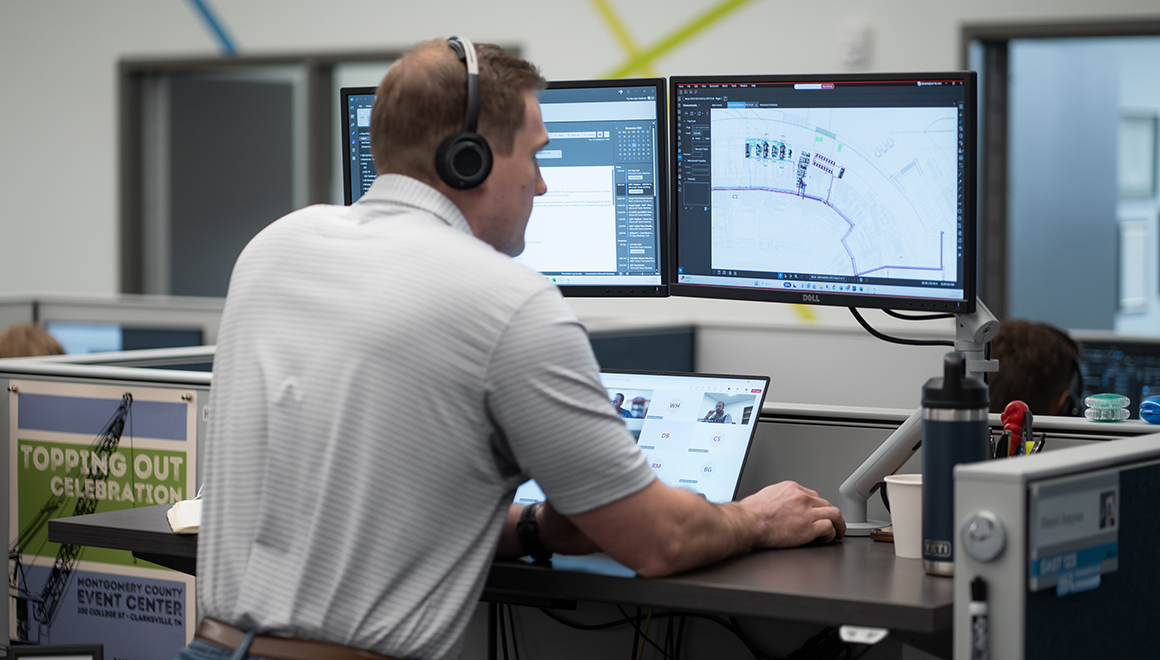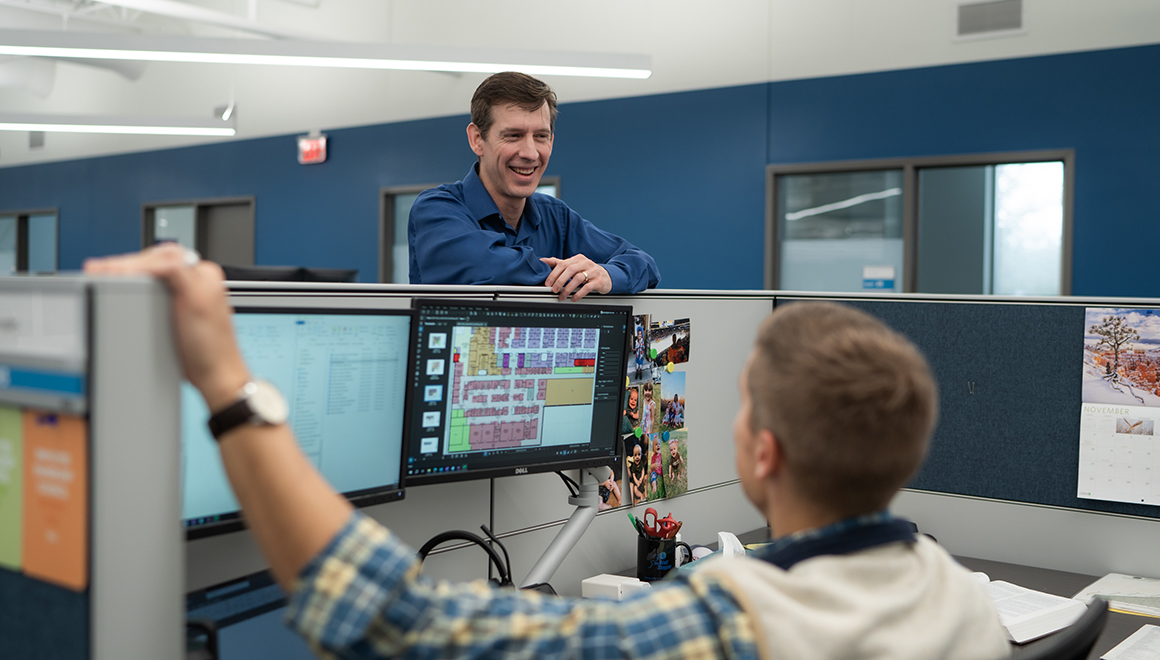Building Smarter: How LEED v5 Elevates Resiliency and Materials Standards

The release of LEED v5 marks an evolution in sustainable building, especially within the updated Materials and Resources (MR) category. These changes reflect LEED’s broader goals of decarbonization, ecological restoration, and enhanced quality of life—pushing the industry toward smarter, more responsible material choices. For architects, owners, and contractors, this means rethinking procurement strategies and embracing transparency and performance tracking early in the design process.
Carbon Reduction Takes Center Stage
One of the most notable shifts in LEED v5 is its emphasis on carbon reduction. While earlier versions focused primarily on operational emissions, LEED v5 integrates life-cycle assessments (LCAs) into MR credits. This encourages teams to evaluate the environmental impact of materials from extraction to disposal.
- Architects can now specify materials with lower embodied carbon.
- Owners gain clearer insights into long-term sustainability outcomes.
- Contractors must source products that meet stricter carbon benchmarks, requiring closer collaboration with suppliers and earlier engagement with design teams.
Transparency and Accountability in Material Selection
LEED v5 also strengthens requirements around product transparency, including enhanced Environmental Product Declarations (EPDs) and material ingredient reporting. These updates benefit all stakeholders:
- Architects can design with confidence.
- Owners can validate sustainability claims for investors and regulators.
- Contractors can streamline procurement by focusing on verified materials.
This leads to a more accountable supply chain that supports both environmental goals and overall project performance.
Prioritizing Regenerative and Responsible Materials
LEED v5 encourages regenerative practices and ecological conservation through MR credits. Materials sourced from responsibly managed forests or containing recycled content are prioritized more than in previous versions. This opens new opportunities for:
- Architects to integrate biophilic design
- Contractors to differentiate themselves in a competitive market
Conclusion
The LEED v5 updates to the Materials and Resources category are a call to action for the building industry. By embedding sustainability deeper into material selection and procurement, the new framework fosters collaboration, accountability, and long-term value. While these changes present short-term challenges, they also create opportunities for innovation and leadership.
As sustainability consultants, we play a critical role in bridging the gap between design intent and construction execution—conducting LCAs, vetting compliant materials, and guiding early decision-making to optimize credit achievement. With LEED v5, sustainability isn’t just a goal—it’s a shared responsibility from concept to completion.




